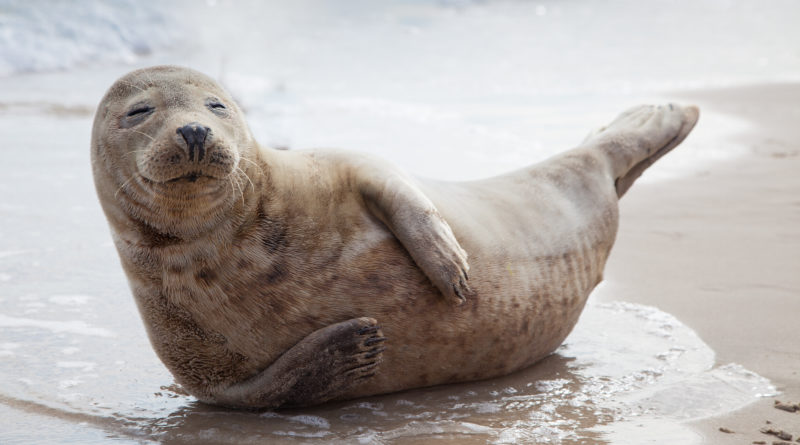Climate Change Is Increasing Marine Virus Rates
6,733 total views, 2 views today
Over the course of this year, climate change has been blamed for no shortage of geographical and environmental changes. Experts have said that climate change is responsible for the movement of sharks farther north along the East Coast, a drastic reduction in Arctic reproduction, and the Amazon rainforest fires. As of this week, climate change has been linked to yet another stark environmental crisis.
As Arctic sea ice melts, there are fewer barriers between Arctic and sub-Arctic lifeforms. This lessened barrier means that these lifeforms interact more, potentially introducing certain species to ecosystems they couldn’t previously access. Scientists recently discovered that this new overlap of ecosystems has introduced mammals in the Northern Pacific Ocean to an often deadly marine virus.
For a study published in Scientific Reports, scientists gathered data obtained over the course of 15 years regarding two channels that have opened up between the Atlantic and Pacific Oceans between Russia and Alaska. These channels have opened thanks to the melting of sea ice, a well-known consequence of climate change. The data obtained show that mammals living in this region are being infected with the frequently fatal Phocine distemper virus (PDV), which remained in its own ecosystem away from mammals before the ice melted.
The mammals currently battling PDV aren’t the first to do so. Scientists first discovered PDV when it killed thousands of harbor seals in 1998. PDV claimed a similar number of seal lives in 2002. Two years later, scientists first noticed the virus infecting mammals near Russia and Alaska, prompting the commencement of the now-complete study.
According to scientists involved with the study, a direct correlation exists between lessened sea ice levels and increased PDV levels. In 2003 and 2009, decreases in sea ice levels directly preceded prominent PDV outbreaks. These outbreaks, according to the research, tend to occur every five to ten years.
The researchers involved with the study collected the data used to arrive at these conclusions from over 2,500 marine mammals via blood samples and nasal swabs. These mammals included northern sea otters, Steller sea lions, and ice-dwelling seals.
The disappearance of sea ice has exposed these marine mammals to pathogens since sea ice comprises a major portion of their habitat. Without it, marine species have fewer places for sleeping, breeding, and giving birth. When competition for spaces where marine mammals can carry out life’s basic processes increases, the chances of pathogen infection does as well.
Although PDV is devastating marine mammal communities, it has yet to infect any human hosts. This doesn’t mean that the virus has no impact on humankind. Alaskan communities often depend on marine mammals for not just food, but their economies. As PDV has killed more marine life, Alaskan fishers have struggled to keep up.
They might not catch up anytime soon, either. Arctic sea ice was at the second-lowest level ever recorded this year, meaning that PDV stands to spread readily in the region in the near future. The study suggests only one viable solution for keeping PDV at bay: Combating climate change directly via reduced carbon emissions.

